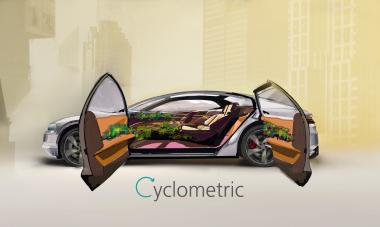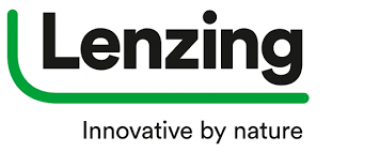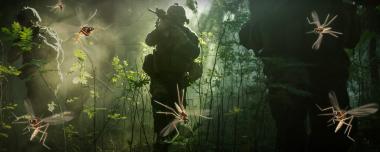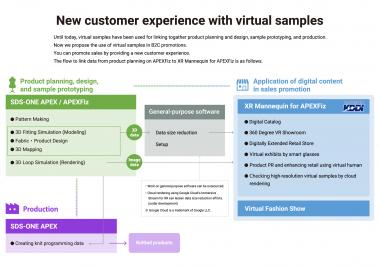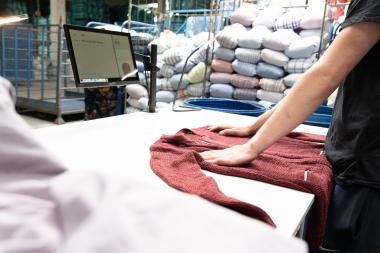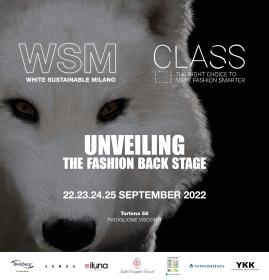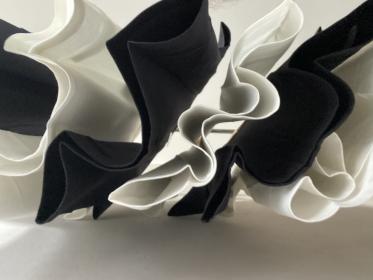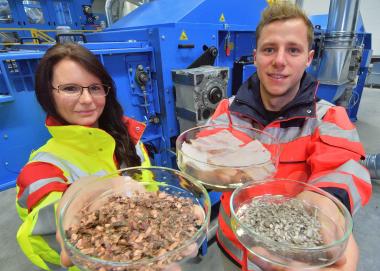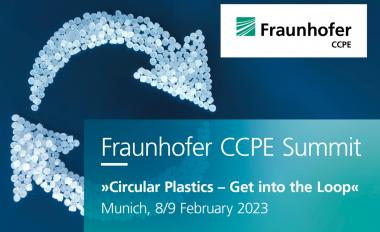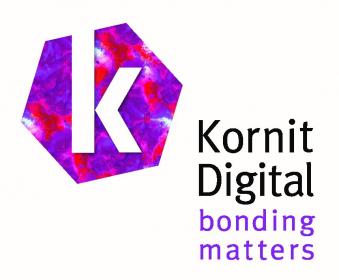Projekt CYCLOMETRIC: Rezyklierfähige Bauteile für das Automobil der Zukunft
Bauteile im Automobil müssen nicht mehr nur technologisch höchsten Ansprüchen genügen, sondern auch nachhaltig und rezyklierbar sein. Zukünftig müssen Ingenieurinnen und Ingenieure bei der Entwicklung nicht nur das fertige Produkt, sondern auch das Ende dessen Lebenszyklus im Blick haben. Künstliche Intelligenz soll helfen, in solchen Zyklen zu denken. dabei helfen. Die Deutschen Institute für Textil- und Faserforschung Denkendorf (DITF) sind einer der Projektpartner im Forschungsprojekt CYCLOMETRIC, das durch das Bundesministerium für Bildung und Forschung (BMBF) gefördert und vom Projektträger Karlsruhe (PTKA) betreut wird. Entwickelt wird ein Tool, das schon während der Produktplanung Verbesserungsvorschläge macht.
Recycling von Hochleistungsmaterialien scheitert häufig daran, dass sich die Werkstoffe nicht in ihre ursprünglichen Bestandteile trennen lassen. CYCLOMETRIC soll dafür sorgen, dass dieses Problem nicht erst am Ende des Lebenszyklus eines Produkts gelöst werden muss. Mit den derzeitigen Methoden und Werkzeugen werden Auswirkungen auf die Umwelt oft erst gegen Ende der Entwicklung oder sogar erst nach Produktionsbeginn untersucht – obwohl die relevantesten Entscheidungen über Produkteigenschaften deutlich früher getroffen werden. Das neue System hilft, während der Entwicklung die richtigen Entscheidungen zu treffen. Dazu werden Daten, Informationen, Wissen über alle Entwicklungsphasen und Schnittstellen hinweg analysiert und bewertet. Dabei kommen Forschungsansätze des Advanced Systems Engineerings und Model-based Systems Engineerings in Verbindung mit Methoden der Ökobilanzierung sowie die Geschäftsmodellanalyse zum Einsatz.
Produktentwicklung muss täglich komplexe Parameter wie Produzierbarkeit, Rezyklierfähigkeit, Wiederverwendbarkeit, CO2-Emissionen und Kosten im Blick behalten. Nicht zuletzt müssen die Erwartungen und Gewohnheiten der Kundinnen und Kunden mitgedacht werden. Das Tool berechnet die Auswirkungen bei der Auswahl des Materials ebenso wie bei der Planung von Produktionsschritten und macht Verbesserungsvorschläge.
Als Anwendungsbeispiel für das digitale Werkzeug dient im Projekt CYCOMETRIC eine Mittelkonsolenverkleidung. Sie besteht aus nachhaltigen Textilmaterialien und verfügt über in das Textil integrierte smarte Funktionen. Das fertige Tool ist dennoch nicht auf die Automobilbranche beschränkt. Es kann in allen Industriefeldern eingesetzt werden.
Aufgabe der DITF ist die Auswahl und Prüfung geeigneter Materialien. Das Team erarbeitet die passenden Fertigungs- und Verarbeitungsprozesse und erstellt einen Prototyp. An den Prüflaboren werden Testläufe zu Funktions-, Alltags-, Langzeit- und Extremtauglichkeit der textilen Strukturen und Faserverbundwerkstoffen durchgeführt, die bei der späteren Anwendung reproduzierbar sind. Für die smarten Funktionen der Konsole werden Konzepte für Sensoren und Aktoren entwickelt.
Die DITF bringen als Partner im Forschungscampus ARENA2036 umfangreiche Erfahrungen im Leichtbau durch Funktionsintegration bei Automobilen mit. Nach Abschluss des Projekts werden die Denkendorfer Forscherinnen und Forscher Unternehmen beraten, wie Textilien verstärkt im Fahrzeuginterieur eingesetzt werden können.
Deutsche Institute für Textil- und Faserforschung Denkendorf (DITF)


